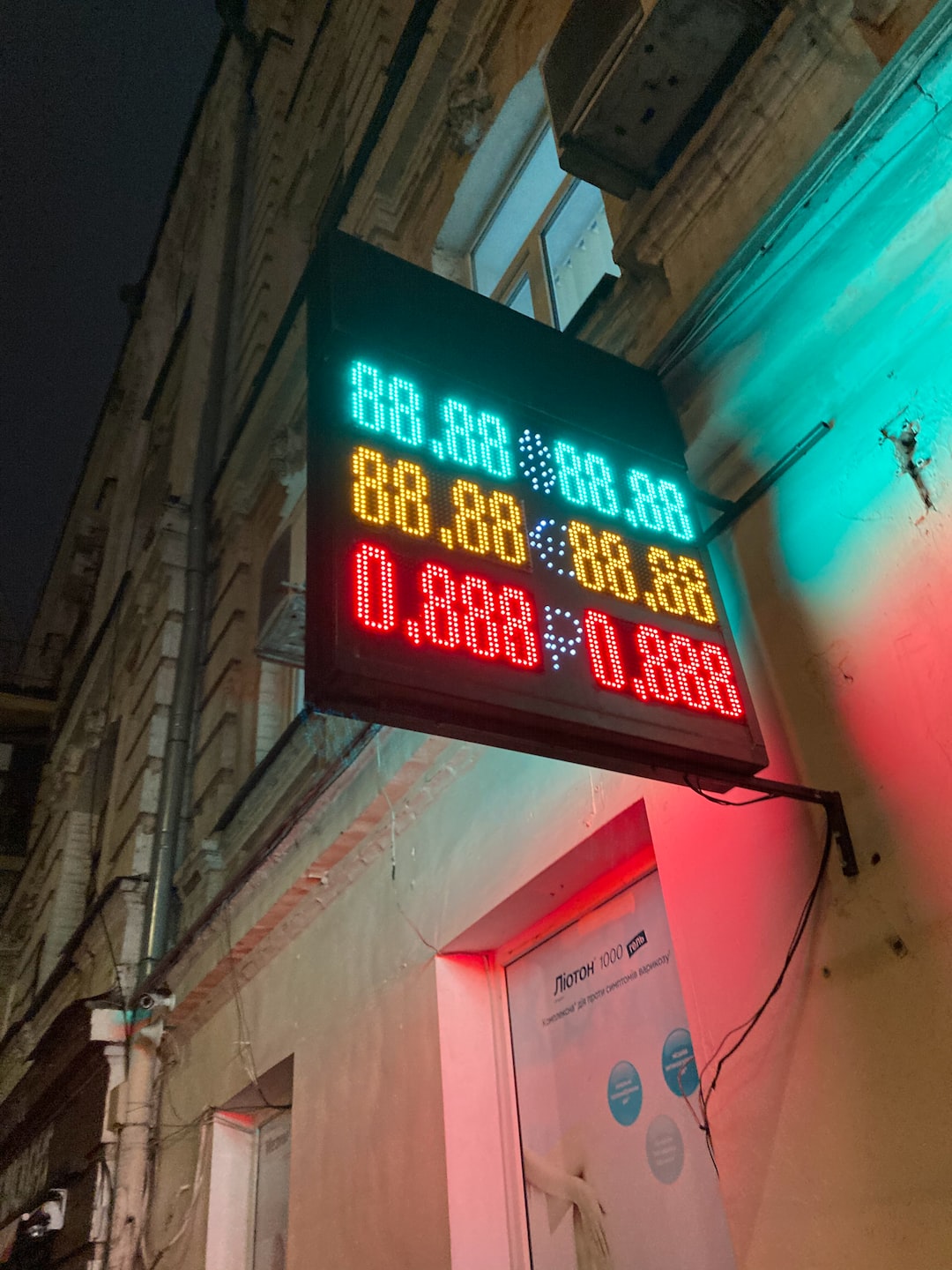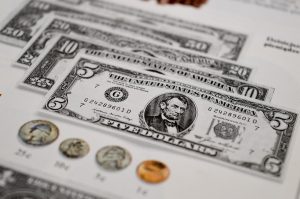Forex trading is a highly volatile and dynamic market that requires traders to be strategic in their entry points. Finding the right entry point can make a significant difference in the profitability of a trade. To maximize profits and minimize risks, traders need to understand where to put their entry for forex.
The first thing traders need to do is to identify the trend. They should analyze the price charts and determine whether the market is bullish or bearish. This will help them to decide whether to enter a long or short position. Entering a long position when the market is bearish can lead to significant losses, while entering a short position when the market is bullish can also result in losses.
Once traders have identified the trend, they need to determine the support and resistance levels. Support levels are the price levels at which buyers enter the market, while resistance levels are the price levels at which sellers enter the market. These levels act as barriers to price movement and can be used to identify potential entry points.
Traders can use technical analysis tools such as moving averages, Bollinger bands, and Fibonacci retracements to identify these levels. They should look for confluence between these levels to increase the probability of a successful trade.
Another important factor to consider when deciding where to put an entry for forex is risk management. Traders should always have a stop-loss order in place to limit their losses in case the trade goes against them. They should also determine their risk-reward ratio before entering a trade. This ratio will help them to determine the minimum profit they should aim for relative to the risk they are taking.
Traders should also pay attention to fundamental analysis. They should stay up to date with economic news and events that can affect the forex market. These events can cause significant price movements, and traders should be prepared to adjust their entry points accordingly.
In addition to technical and fundamental analysis, traders can also use price action to determine their entry points. Price action is the study of price movements and patterns on the price chart. Traders can use candlestick patterns, such as doji or hammer, to identify potential entry points.
Traders should also pay attention to market sentiment. Market sentiment refers to the overall attitude of traders towards a particular currency pair. Traders can use sentiment analysis tools to determine whether the market is bullish or bearish. They should also pay attention to the volume of trades as it can indicate the strength of the trend.
In conclusion, finding the right entry point in forex trading requires a combination of technical and fundamental analysis, risk management, and market sentiment. Traders should identify the trend, determine support and resistance levels, use technical analysis tools, pay attention to fundamental analysis, and use price action and sentiment analysis to identify potential entry points. By following these guidelines, traders can increase their chances of making profitable trades in the forex market.





